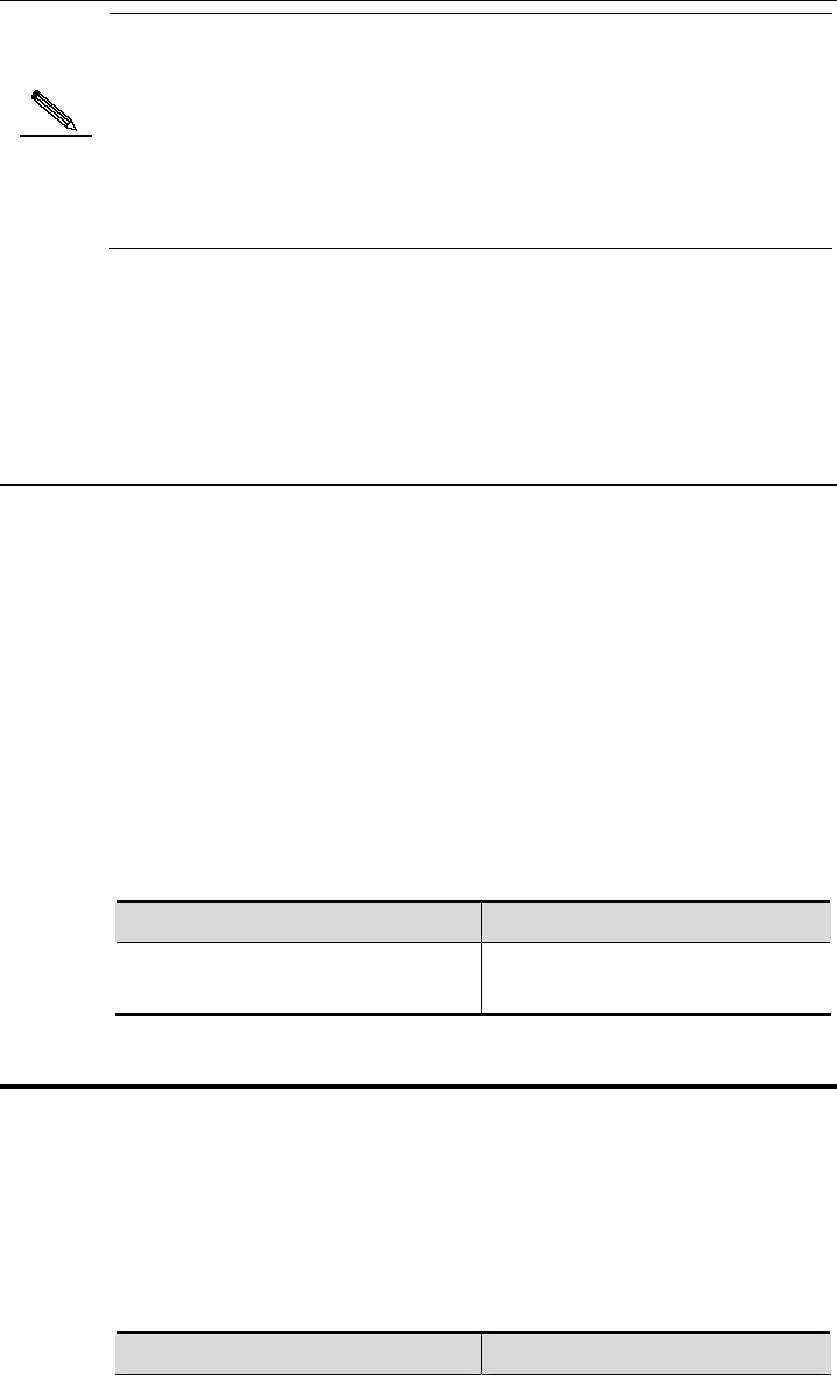
DES-7200 Configuration Guide Chapter 1 Protocol-Independent
Configuration
1-4
Note
To generate the default routes by using the default-network command, the
following condition must be met: The default network is not a directly-connected
port network, but is reachable in the routing table.
Under the same condition, the RIP can also transmit the default route.
Alternatively, there is another way to do so, that is, by configuring the default
static route or learning the 0.0.0.0/0 router via other routing protocols.
If the router has a default route, whether learned by the dynamic routing protocol
or manually configured, when you use the show ip route command, the
“gateway of last resort” in the routing table will show the information of the last
gateway. A routing table may have multiple routes as alterative default routes, but
only the best default route becomes the “gateway of last resort”.
1.1.3 Configuring the Number of Equivalent Routes
If the load balancing function is needed, you can set the number of equivalent
routes for control. An equivalent route is an alternative path to the same
destination address. When there is only one equivalent route, one destination
address can be configured with only one route, and the load balancing function is
cancelled.
To configure the number of equivalent routes, execute the following commands in
the global configuration mode. The no form of this command restores the default
number of equivalent routes.
This command is valid for both ipv4 and ipv6. That is to say, after configuring this
command, the maximum numbers of the equivalent route path to IPv4 and IPv6
destination are the same value configured.
Command Function
maximum-paths [number]
Configure the number of equivalent
routes (in the range 1 to 32).
1.2 Route-Map
Route-map is a collection of filter policy for the routing protocol and policy route,
independent from the detailed routing protocol. Route-map is used to filter and
modify the routing information for the routing protocol, and control the packet
forwarding for the policy route.
To define the route map, use the following command in the global configuration
mode:
Command Function


















